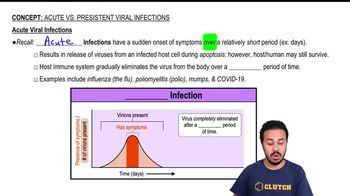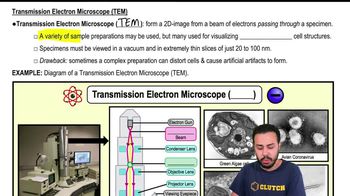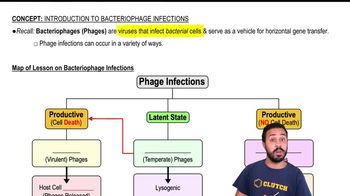All members of a group of ornithologists studying barn owls in the wild have had
salmonellosis (Salmonella gastroenteritis). One birder is experiencing her third infection. What is the most likely source of their infections?
a. The ornithologists are eating the same food.
b. They are contaminating their hands while handling the owls and nests.
c. One of the workers is a Salmonella carrier.
d. Their drinking water is contaminated.




